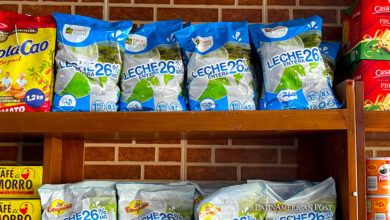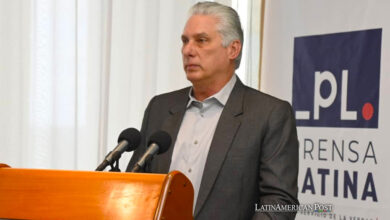These are the countries that have used two currencies at the time
Listen this article
Each country, or union, has its own official currency. However, a nation may have more than one in legal use, as have been the cases of Cuba and France

Usually, people are familiar with the currencies of most of each country, but few know that in several of these there may be, or accept, more than one. In Cuba, for example, there are two types of official currencies, while in the French region the euro, the franc, and multiple micro-currencies are used.
Leer en español: Conozca los países que han utilizado dos monedas al tiempo
CUP and CUC in Cuba
In Cuba, there is what is called a dual monetary system since two currencies circulate: the CUP (Cuban peso) and the CUC (convertible peso). The first is popularly known as the national currency, while the second is anchored to the dollar and, according to The Economist, is worth about 25 times more than the CUP.
This dual system was introduced in 1994 with the fall of the Soviet bloc, the leading trade of the island, and the collapse of the economy of the island. Faced with this crisis, Cuba decided to partially dollarize the system, which is why the CUC is currently anchored to the North American currency.
During these years, companies began using the dollar as a unit of account for transactions and, previously, it was used exclusively for foreign trade.
Today, the dual monetary system has generated an obvious social cost to Cuba and its economy as well. According to the BBC, this has resulted in inevitable differences between those who have access to these currencies and those who had to settle for the help of the State. Most workers receive their salary in CUP, while large quantities of commodities are sold in CUC, resulting in a loss for consumers due to high prices.
The Economist, then, clarifies how this system highlights the division between those who have access to this currency and those who do not. It has been a controversial process since its inception, so the Council of Ministers announced several years ago that they would be unifying both currencies, although so far has not been achieved.
Another of the economic difficulties that this system represents for the economy is how complicated it has become to assess the country's competitiveness.
On the other hand, Havana Times affirms that this also has a negative impact on tourists who visit Cuba annually, since sellers take advantage of the lack of knowledge of foreigners about Cuban currencies and can cheat or deceive them.
French currencies
In Bayonne, the Basque region of France, they legalized a micro-currency equivalent to the euro. This was created with an educational purpose and protection of local heritage, especially towards the linguistic roots of the area, and to support local businesses. This currency is called eusko and is issued by Euskal Moneta.
A micro-currency describes the coins declared official by themselves. These are usually created to legitimize the micronations that create them. In most cases, these are not recognized outside of them.
Read also: Manifestations in Haiti: terrible repercussions on the economy
The BBC also shows that around the world there are micro-currencies, around 10,000 to 15,000. In France, there are about 60, which were legalized in 2014.
Currently, the Eusko reached the equivalent of 1 million euros in circulation, making it the most successful monetary experiment in Europe according to the BBC. 17 municipal governments, 820 local shops, businesses and associations in the French Basque country accept this currency as legal. Today, around 60,000 euskos are exchanged in euros each month.
In addition to these micro-currencies, France not only manages the euro, but its overseas territories in the Pacific such as French Polynesia, New Caledonia, and Wallis and Fortuna use the Franco CFP.
In similarity to the French case, the Netherlands also had more than one currency in its overseas territories. Its islands in the Caribbean, such as Curaçao and Sin Maarten, used the Dutch Antillean guilder, although as of 2010 with the dissolution of the Netherlands Antilles, the guilder was replaced by the US dollar in Bonaire, Saba and St. Eustatius and in the first two, the builder would be re-named as its currency, but it would not be anchored to the dollar.
LatinAmerican Post | Valentina Moya
Translated from "Conozca los países que han utilizado dos monedas al tiempo"



